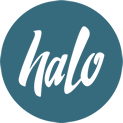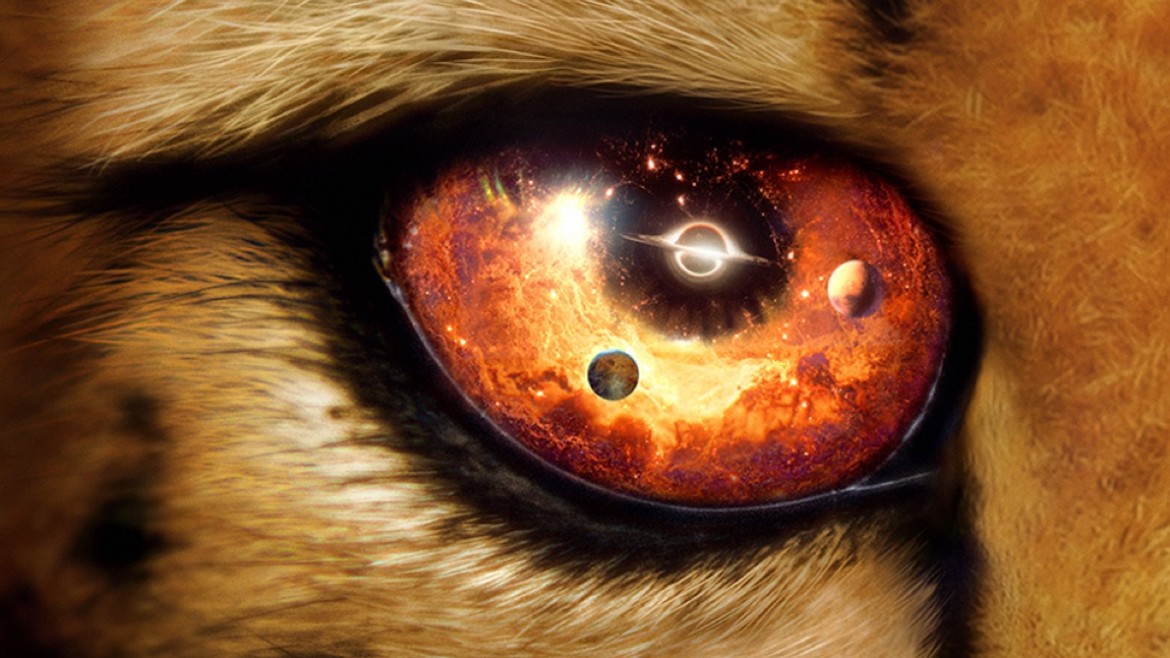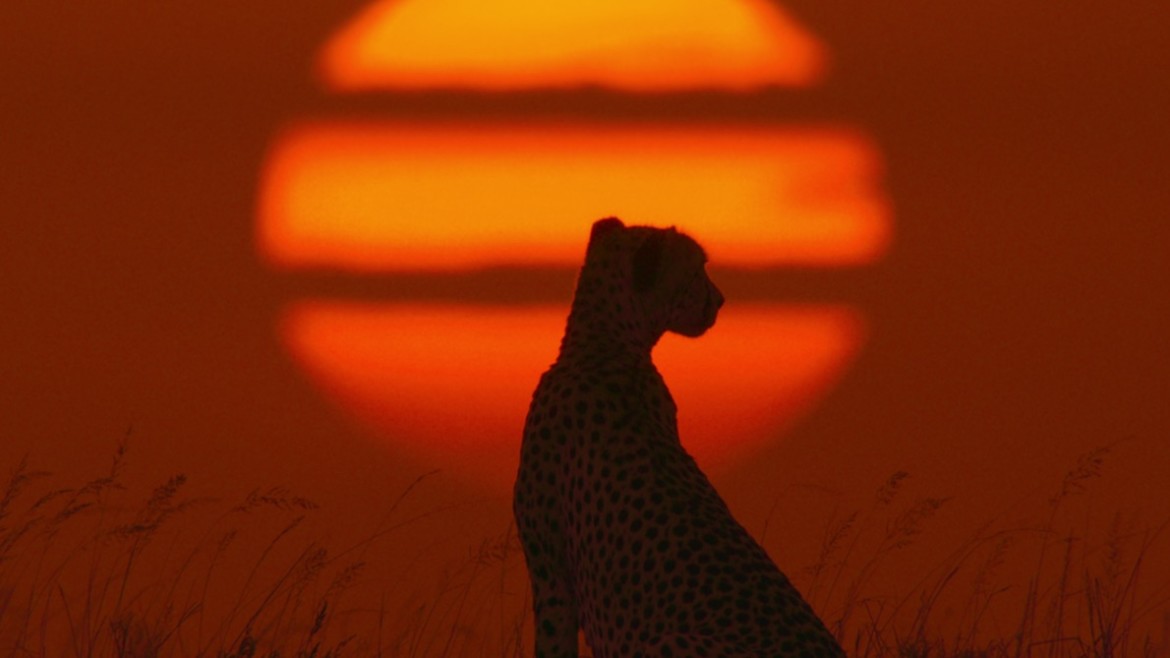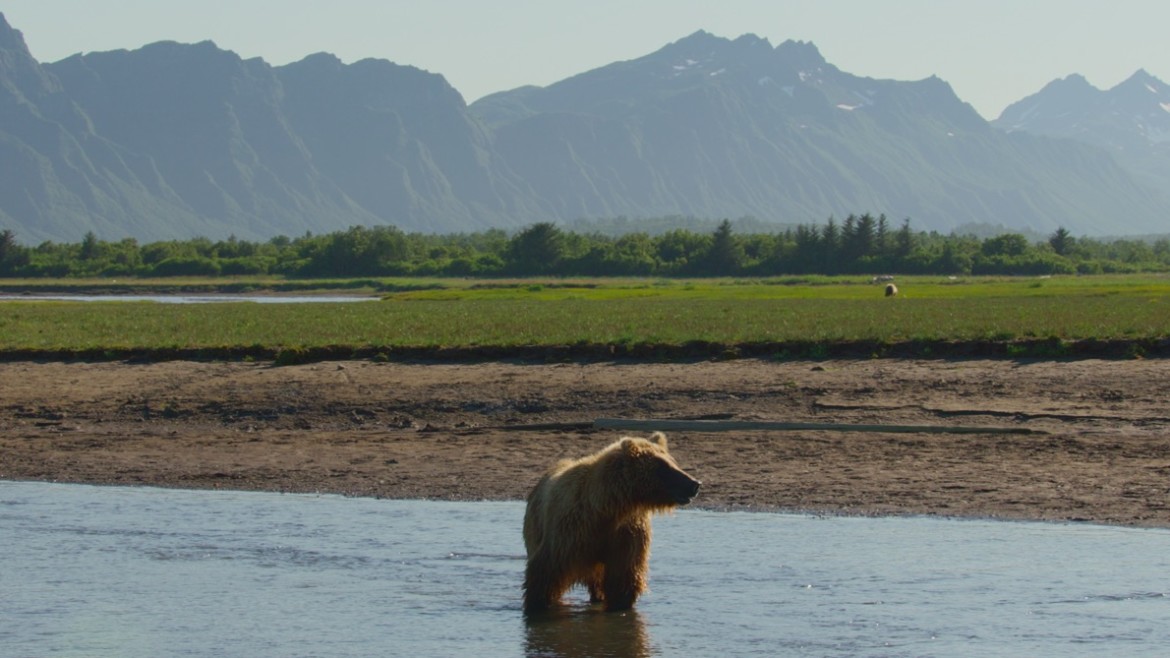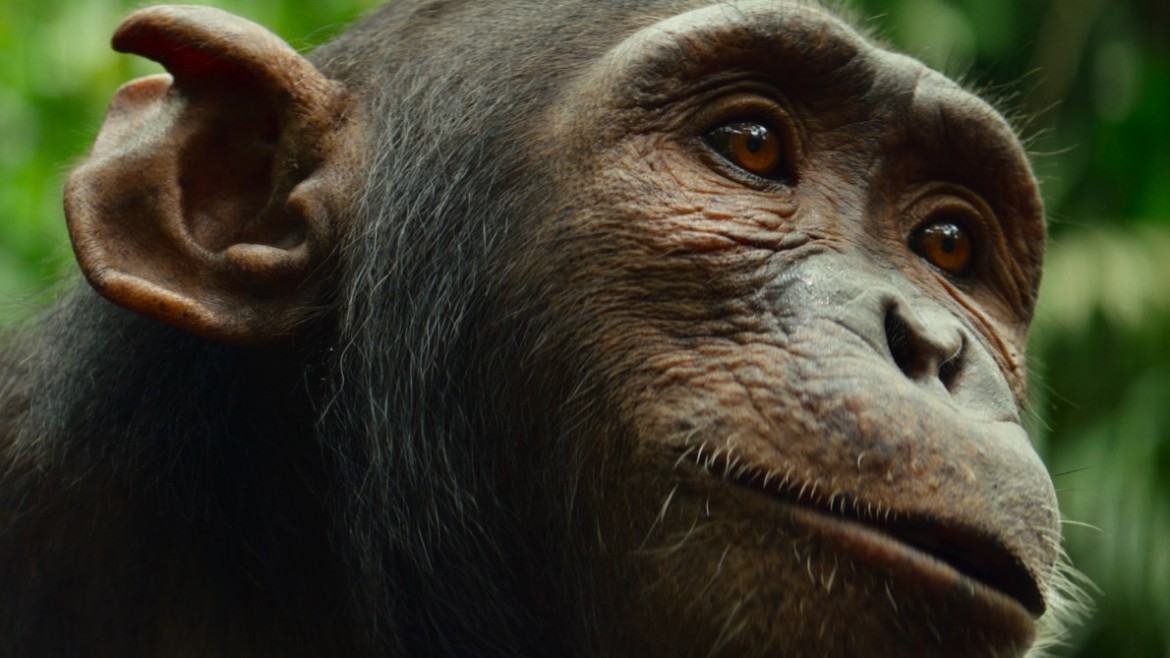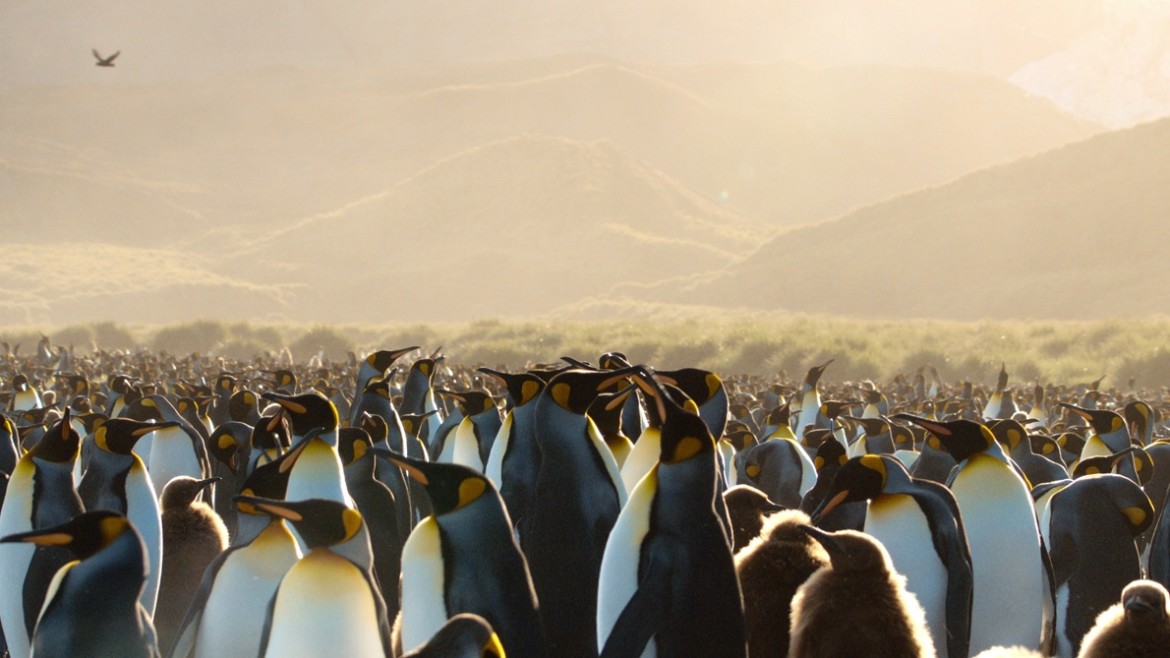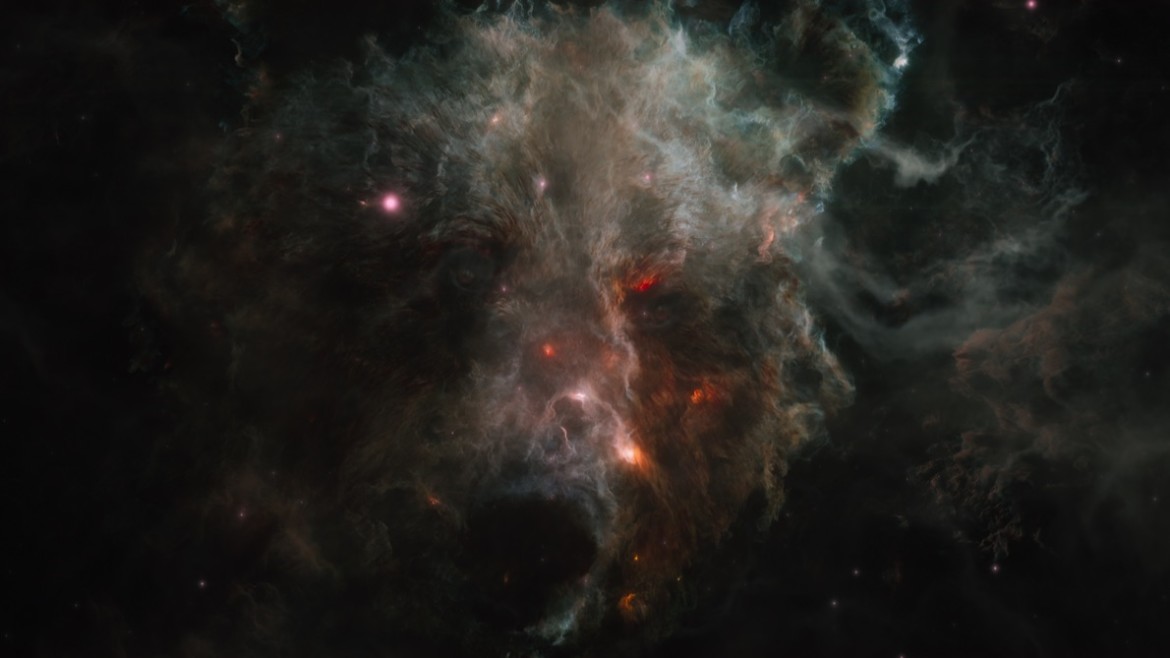‘Our Universe’, produced by BBC Studios and narrated by Academy Award-winner Morgan Freeman, tells an epic tale 13.8 billion years in the making. Blending stunning wildlife footage with eye-popping cosmic special effects, this six-part series takes viewers on a fascinating adventure to explore the connections that drive our natural world. From the birth of the Sun to the birth of a sea turtle, Our Universe uses groundbreaking animation to dramatise the spectacular celestial forces that generated our solar system, while modern camera and CGI technology bring the audience up close and personal with some of the most iconic, charismatic animals on Earth.
Halo provided full Post Production.
Showrunner, Mike Davis said, “BBC Studios Science Unit’s ambitious new series for Netflix, ‘Our Universe’, was creatively challenging from the start. Challenging from a storytelling point of view firstly, in that our aim was to weave some of the biggest, most dramatic events in our Universe’s history with the lives of animals on the planet today. These films were each designed as cosmic ‘Just So’ stories, building mind-blowing connections over vast periods and unthinkable distances; deftly linking epic supernovas to how life is formed and developed, or the spectacular creation of the solar system to our seasonal rhythms and dependencies. All told through the eyes and experiences of six hero animals battling through the world today; the cheetah, chimpanzee, brown bear, elephant, sea turtle and king penguin. With the collision of these two quite different components, blue-chip natural history and cinematic, cosmological CGI, came with it various additional challenges in post.
Halo embraced the complexities of this project across all of the different departments, equally caught up with the production team’s enthusiasm for attempting to make something truly different. They not only pushed the envelope creatively but gave us time and room to experiment.
For the series sound design it was never going to be a case of treating the natural history and space sequences as if they were from two different series, they needed to feel as one. Jay Price spent a lot of time in advance, working alongside Wounded Buffalo for the natural history elements, designing sequences that brilliantly and subtly blend the sounds of the wildlife into the space scenes, and vice versa, so there was a constant sense of these worlds overlapping and informing one another. There were also scenes that jumped inside the body and down to cellular and molecular scales and even penetrated the sun’s core to go sub-atomic. These different universe’s in their own right needed a unique, signature soundscape but also had to feel united.
This then all needed to be seamlessly mixed (and wrestled) into a harmonious whole by Sam Castleton, managing epic cosmic collisions and hushed intimate moments between mother and baby animal, whilst incorporating a bold, magical score by Anne Nikitin and Jessica Jones and the instantly recognisable, deep and authoritative, voice of narrator Morgan Freeman. Getting this balance right was hard work but appears effortless in the final result. There were even tears (of joy) in the suite during one particularly profound moment!
Visually too there were lots of different sources to pull onto the timeline and marry in the online, the CGI shots supplied by Lux Aeterna, the natural history scenes shot on location and in studios, often with anamorphic lenses to give it that epic, sci-fi feel, and archive (that wasn’t) to help supplement the animal’s adventures on land and in the ocean. Colourist Duncan Russell, hugely experienced in the industry, claimed our Penguins episode was one of the toughest films he’s ever had to grade, pulling all the different elements into one beautiful, unified whole. The skill and talent in the room and passion for the subject meant we were given the time to play and the results are gorgeous and always maintained a series verisimilitude.
I’ve always found Halo to be a truly creative and relaxed environment, though relaxed shouldn’t be mistaken for laid-back. They are thorough and focused, but my experience has been that, from John Rogerson at the top and down through the whole team, they are friendly and fun. Producer Emily Dutton was always on hand for us and helpful in the extreme in finding ways to maximise our post budget and schedule and get the best possible results.”
Colourist, Duncan Russell said, “Our Universe is one of those projects that almost never comes along. How often can it be that a single show features both the birth of a turtle and the universe itself? My brief was to bring together the live footage and CGI into a cohesive whole. The photography was captured by dozens of camera operators across every continent on a multitude of cameras over 3 years in every season. The challenge was to push it as far as it would go but still be able to match it all up. When I saw the first rushes coming back from Australia and Southern Africa I knew we were on to something special. I had never seen natural history made with such visual flamboyance, and the use of anamorphic lenses for large parts was a masterstroke. The directors encouraged me to take things into the cinematic realm, not to be restrained by existing styles and find a visual language that pushed at the edges of what a ‘Nature Show’ could look like. I am more than proud to be involved. And don’t get me started on HDR! I was initially sceptical, but for something like this, it’s the only way to see it.”
Dubbing Mixer, Sam Castleton said,”The scale of Our Universe was gigantic and presented us with some amazing opportunities and interesting challenges. We had to give character to each animal and bring its surroundings to life. We linked the animal’s world to the wider universe by blurring the soundscapes during transitions, cicadas morph into falling stardust, rustling leaves morph into the sun’s surface and mountain wind morphs into solar wind. Once we journey into the universe the challenge was to give everything an extremely vast and epic scale. We also had to give each event its own sound signature, ensuring every explosion, collision etc was different from the next. This led us to create some incredible sound design moments. Mixing it in Dolby Atmos enabled us to achieve the scale and definition required. It also enabled us to bring the stories to life in interesting ways such as water shooting out of the earth’s core, stardust falling from the sky, photons bursting out of the sun and protostars propelling themselves into space. The sound of the series is very brave, bright and full, we are very proud of what we achieved.”
Colourist: Duncan Russell
Online Editor: Ben McIIVeen
Sound Design: Jay Price, Tom Foster & Adam Johnson
Dubbing Mixer: Sam Castleton
Post Producer: Emily Dutton
Halo Sales Exec: Matt Locke
Our Universe will be on Netflix from 22nd November
